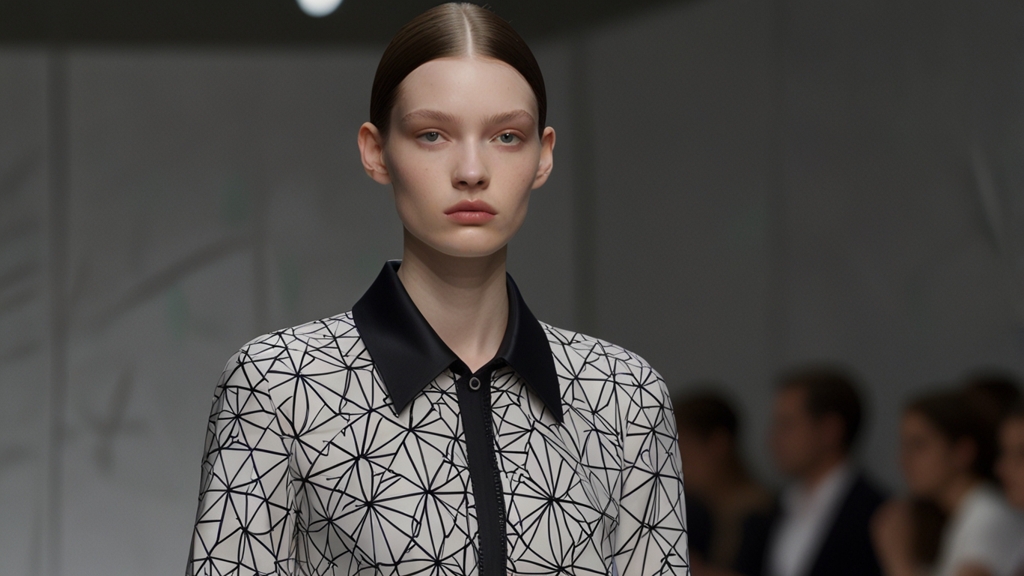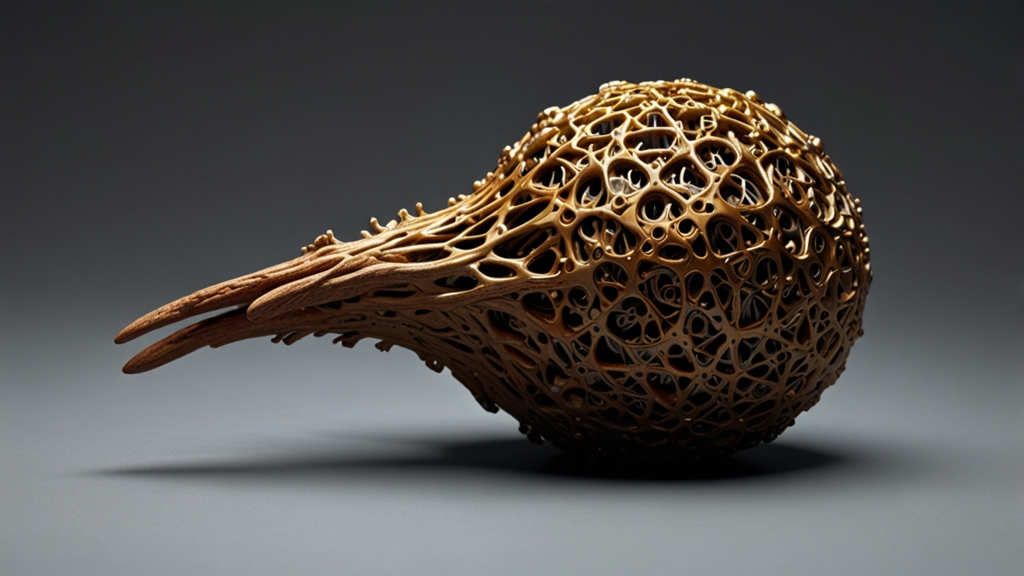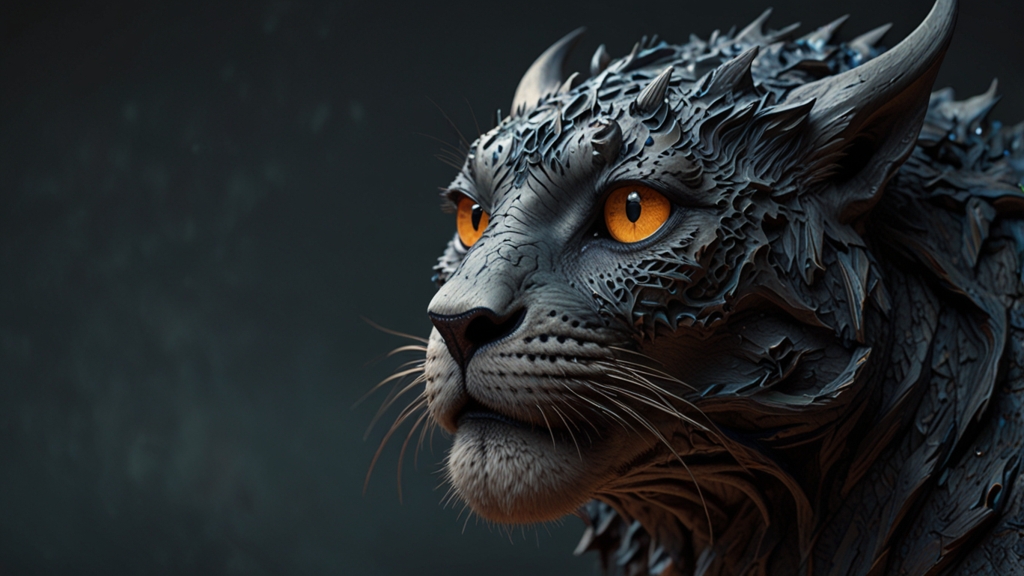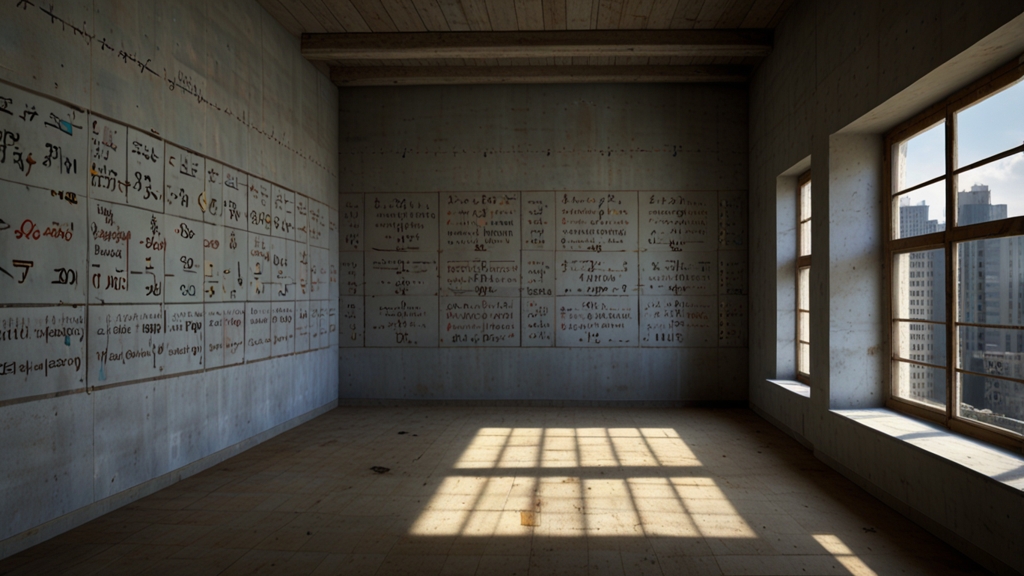The Unexpected Influence of Geometry in Fashion
Fashion, often perceived as a realm dominated by creativity and intuition, finds an unexpected ally in the precise, often rigid world of geometry. While at first glance, the two fields might seem worlds apart, their intersection has produced some of the most iconic and enduring designs in the history of fashion. This marriage of the arts and sciences demonstrates that creativity can indeed be enhanced by structure and mathematical principles.
Historical Roots of Geometry in Fashion
The use of geometric patterns and shapes in clothing is not a modern concept. Historians can trace the presence of geometric influences back to ancient civilizations. Egyptians, for instance, employed grid systems to create their intricate beadwork patterns. Similarly, ancient Greeks and Romans were known for their usage of geometric motifs in textiles and armor decorations.
However, it was not until the 20th century that geometry’s potential to revolutionize fashion was fully realized. The Bauhaus movement, which emerged in the aftermath of World War I, emphasized the unification of art, craft, and technology. Designers like Anni Albers applied geometric principles to their textile designs, influencing a new wave of fashion that married function with form, simplicity with sophistication.
The Role of Geometry in Modern Fashion Design
In contemporary fashion, designers continue to explore and exploit the symbiotic relationship between geometry and design. Geometric patterns are prevalent in both haute couture and everyday wear. For instance, consider the iconic checkerboard prints of Louis Vuitton or the bold, angular cuts of avant-garde designers like Issey Miyake and Rei Kawakubo.
These designers use geometry not just as a pattern but as a structural element. The deliberate manipulation of shapes and lines—whether through pleating, cutting, or folding—creates silhouettes that challenge traditional notions of form and space. The result is clothing that is as much a statement of artistic intent as it is a wearable garment.
"Geometry is a creative discipline. Like architecture, fashion needs geometry to build structure and form. It's about understanding planes, volumes, and proportions." — Sarah Burton, Creative Director of Alexander McQueen
Practical Applications: From the Runway to Everyday
Geometry’s influence extends beyond the runway, finding its way into everyday fashion and accessories. In menswear, geometrical motifs such as stripes and plaids are perennial favorites, reflecting an understated yet calculated elegance. Meanwhile, in womenswear, geometric prints, and cuts are synonymous with modernity and boldness.
Moreover, geometry has practical applications in fashion technology. Computer-aided design (CAD) systems rely heavily on geometric algorithms to create precise patterns and prototypes. This technology not only streamlines the design process but also allows for customization to fit a diverse range of body types, thereby democratizing fashion.
The Future of Geometric Fashion
As technology continues to advance, the potential for geometry in fashion is bound to expand. Innovations in 3D printing, for instance, allow designers to create intricate geometric designs that were previously impossible to achieve with traditional techniques. Similarly, the rise of sustainable fashion has seen designers turning to modular geometric designs that can be disassembled and reassembled, reducing waste and promoting versatility.
"The future of fashion is geometry meeting technology. The precision and endless possibilities offered by geometric design are paving the way for a more sustainable and innovative fashion industry." — Stella McCartney
In conclusion, the unexpected influence of geometry in fashion is a testament to the interdisciplinary nature of creativity. By merging artistic vision with mathematical precision, designers continue to push the boundaries of what is possible, creating not just clothing, but wearable art. As we move forward, the synergy between these two seemingly disparate fields will undoubtedly continue to shape the future of fashion in exciting and unimaginable ways.








